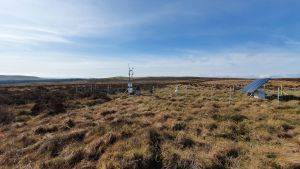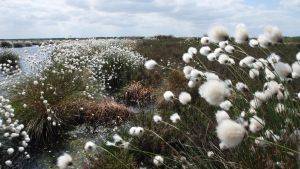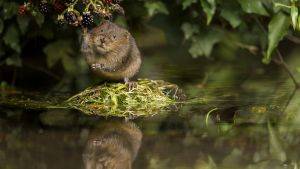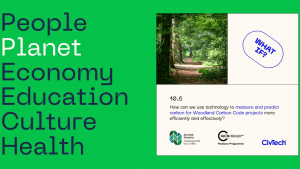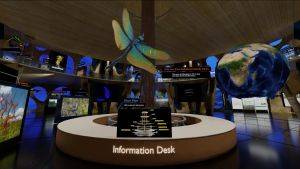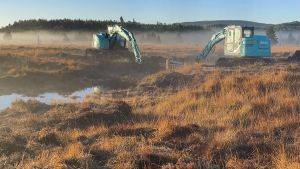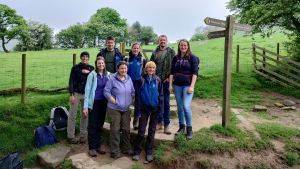The effects of raised bog restoration by clearfelling on water quality
Introduction
Increasing attention is being given to forest removal on peatland for habitat restoration and protection of soil carbon stocks. Large-scale deforestation is underway at a number of sites in Scotland and elsewhere, often over short time periods; concerns have been raised about the impact of such a rapid change in forest cover on water quality, particularly in terms of phosphate and dissolved organic carbon losses. The scale of felling is another issue, which often exceeds levels associated with general forestry that have caused problems in the past. Instances have arisen where phosphate leaching from felled stands has resulted in nutrient enrichment of local waters, contributing to algal growth and reduced levels of dissolved oxygen. Local waters supporting sensitive species such as the freshwater pearl mussel and salmonids are especially vulnerable to such changes in water quality. The mussel is threatened throughout its Holarctic range and slipping to extinction, placing even greater importance on the need to protect remaining viable populations.
Description
Flanders Moss (West) is a lowland raised bog and part of Achray Forest on the floodplain of the River Forth. Organic rich peaty gley soil -Sphagnum/Eriophorum peat up to 8.5 m deep (average 4.6 m). The land has been drained since the 1920s, initially to improve grouse shooting; extensive drainage in the 1960s for forest establishment. Forest established on a large area of the lowland raised bog, in two main planting phases, in the 1960s and 1970s and covers approximately 820 hectares. Planted with Lodgepole Pine and Sitka Spruce.
Project Aims
Restoration plan to clearfell approx. 400 ha of forest to restore lowland raised bog - and where bog restoration not possible, allow wet woodland through regeneration.
Restoration Delivered
Most of the 400 ha has been restored by clearfelling but some sections remain.
Site Activity
Mostly clearfelling and removal of timber but also some drain blocking and mulching.
Project Name: The effects of raised bog restoration by clearfelling on water quality
Organisation / Lead partner: Forestry Commission
Location: Nadeem W. Shah, Forest Research, Northern Research Station
Approximate area covered: 400 ha
Predominately: Lowland
Peat Habitats: Lowland raised bog
Project Type: Restoration, Management, Research
Year Project Began: 2008
Project End Date: 2019






